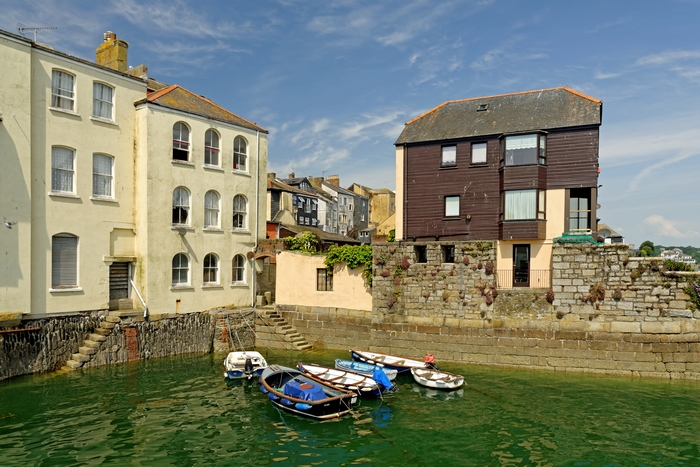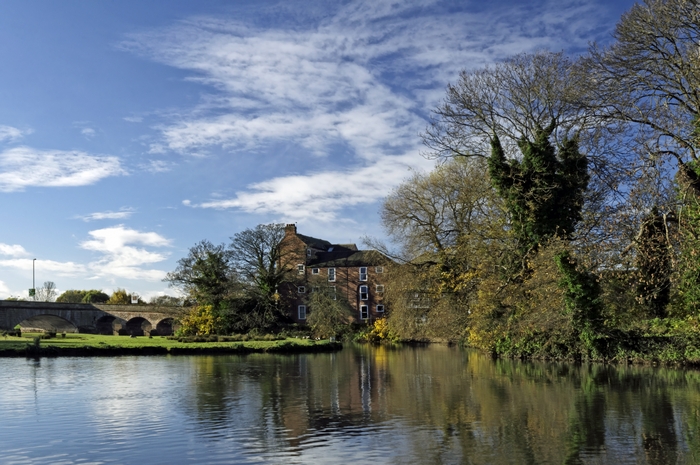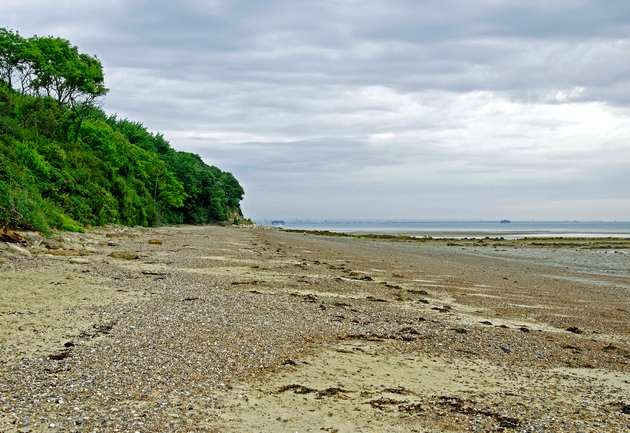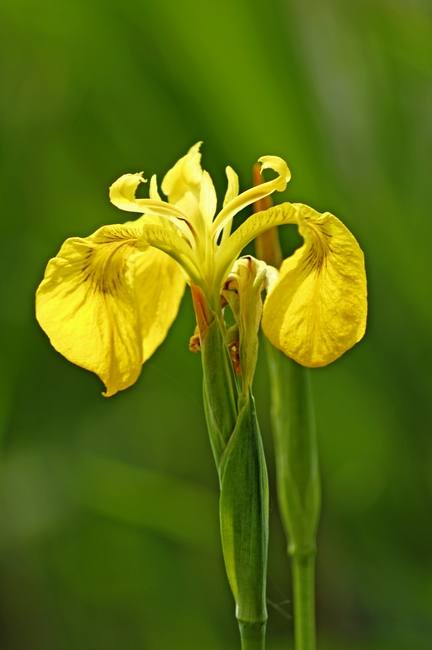My Equipment
One of the most frequent questions I'm asked is, what equipment do you use? So, to give a little insight into how I do my photography, I have put together the following information, which will cover the very early equipment that I started out with, through to the equipment I currently use. I have mentioned several brands and models, but I do not wish to promote any particular one. The equipment and accessories discussed, are just the ones which have worked well, or otherwise, for me!
Since I changed over to working digitally, my computer equipment has also played an important role, so this will also be discussed along with my backup procedures, but first is a list of the equipment I currently use.
I do not normally talk about my equipment unless I’m asked. Sometimes I feel that I’m in front with my gear and sometimes I’m behind, but I have always been of the opinion that the final image is what really matters, and that using whatever equipment you have, to its best advantage, is the most important aspect. I frequently experiment, try new techniques and learn as I go.
I’ve used basic point and shoot cameras, fully manual SLR’s, compact digital, phone cameras and DSLR’s. As you will be aware, it is possible to take the perfect picture with almost any camera, in an ideal situation with good lighting. But conditions are frequently far from ideal and that is where the more sophisticated camera, lens and other equipment helps to achieve the goal.
The pace of technology keeps marching on and in an attempt to keep up to date, for now at least, I began in December 2013, to update my camera and lenses from half-frame to full-frame. This will be a gradual process and I shall still use my older equipment and a mixture of the two.
I take about 85% of my photos with the camera mounted on a tripod. In situations where a tripod is not practical, I use a monopod and the rest are taken with the camera hand-held, but even with hand-held photos, I try to brace myself against a solid object such as a wall, fence or lamp post and I hold my breath during the shot. With hand-held shots I also try to use a shutter speed of 1/125 second or faster.
Something else I use frequently is a polarising filter. I use it to reduce glare and reflections and to improve colour saturation. I also fit a UV filter to each new lens that I buy and only take it off if I need to replace it with another filter for a shot. A UV filter is used to protect the front glass of each lens and it also helps to reduce any haze.
The following list shows my current equipment, and for those who like to study the technique used, the main technical details of a shot are displayed when you click on the enlarged view of any of my photos.
Current Photography Equipment
Camera - Nikon D800
Lens - Nikkor AF-S 14-24mm f/2.8G ED
Lens - Nikkor AF-S 50mm f/1.8G
Lens - Nikkor AF-S 24-70mm f/2.8G ED
Lens - Nikkor AF-S 70-200mm f/2.8G ED VR II
Lens - Sigma 150-500mm f/5-6.3 DG OS HSM
Lens - Nikkor AF-S VR Micro 105mm f/2.8G IF-ED
Teleconverter - Nikon AF-S TC-20E III
Timer Remote Release – Nikon MC-36A Remote Control
Camera - Nikon D90
Lens - Nikkor 18-105mm f/3.5-5.6
Lens - Tamron 70-300mm f/4-5.6 Macro
Timer Remote Release - Hama DCCS System
Camera - Nikon Coolpix AW100
Camera - Sony DSC-VI
Tripod - Vanguard Alta Pro 264AT with Vanguard SBH-50 Ball Head
Quick Release Shoe – Vanguard QS-39 (4 of these)
Monopod - Vanguard MP-15
Filters - Assorted UV, Polariser, Sunset and Neutral Density and ND Graduated Filters, (both screw-in and P-Type Square Filters)
Nikon SB-910 Speedlight Flashgun
Bag – Lowepro Flipside 500 AW Backpack
Bag - Vanguard The Heralder 33 Shoulder Bag
Software
Nikon ViewNX 2
DxO Optics Pro Elite
DxO ViewPoint 2
Photoshop Elements
IrfanView
Easy Thumbnails
Imagenomic Noiseware Pro
GIMP
Serif PhotoPlus
Franzis Silver Projects Professional
My Photography Equipment - Over the Years
Like many people of my generation, my first camera was a Kodak Brownie 127. It was given to me by my parents on my 8th birthday. I believe that I had already shown an interest in photography, I was always asking to use the box cameras belonging to my dad or my uncle. It was wonderful to have my own camera at last, It was a basic point and shoot camera, but I used it a great deal over several years and took some reasonable photos with it. I still have the Brownie today, and although I do not use it anymore, I believe that it is still in working order.
My next camera was a Praktica FX2, which was my first 35mm, single lense reflex camera. I bought it second-hand in 1971, from a local camera shop, its operation was completely manual, but adjustable, and again very basic by today's standards, but I could now be more creative with m picture taking. I think the camera dates from the late 1930s, it has a waist-level viewfinder and no pentaprism. Another model, the FX3 had also been produced by Praktica and that did have a detachable pentaprism, I searched many times for a pentaprism for the FX2, but was never able to find one. Without a pentaprism, the camera was more difficult to use, because in horizontal format, the viewfinder image was reversed left to right, and in vertical format, I needed to stand sideways-on to the subject, and then the image would be upside down. Another quirk was that it had no instant return mirror, so after she shutter was released, the viewfinder was blank until the film had been wound on to the next frame. On the plus side, the Praktica had a wonderful lens with it. This was a Carl Ziess Jena, Tessar 1:2.8 f = 50mm, fixed focal length lens, it is probably the sharpest lens I've ever owned on a film camera and the photos taken with it were of excellent quality.
To use with the Praktica, I also bought a Weston Master V exposure meter, again second-hand. This had an invercone with it to enable the taking of incident light readings and and I soon discovered that in most situations, the best exposures could be obtained by taking an incident light reading. I still carry the Weston Master with me on every photo shoot and use it occasionally, even though my present cameras have full metering, there are occasions when a hand-held meter is more accurate. I sent the Weston back to the manufactures just once, to be re calibrated. The manufacturers are not in busines now, but I did manage to buy a replacement for my chipped invercone on eBay last year.
Soon after buying the Weston Master, I bought a full range of equipment, which included a tripod, flash guns, extension tubes, remote and cable releases, filters and many more items. The camera was used for many years, until well after coloured film became available. I had a great deal of fun with it, using it for landcscapes, close-up work, macros, night shots, long time exposures and I even took wedding photos for several friends and relations, with it. The camera is over 75 years old now, and is still in perfect working order.
To be continued ....
Feature Photos
Click to enlarge!

Mulberry Quay, Falmouth (41875-RDA)

Beside The River, Burton on Trent (39685-RDA)

St Helens Beach, near Priory Bay (24590-RDA)

Yellow Iris, (Iris pseudacorus) (36822-RDA)
|
 RodsImages.com
RodsImages.com